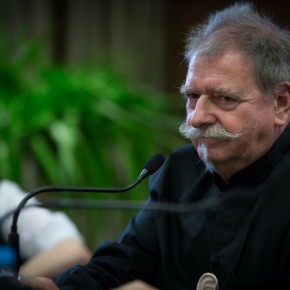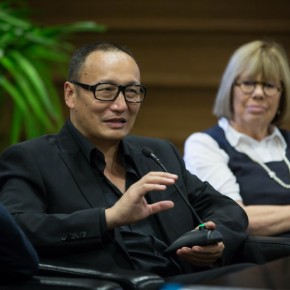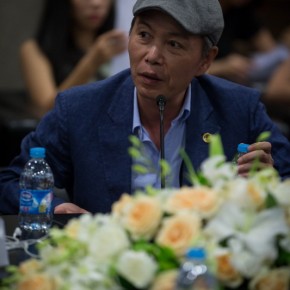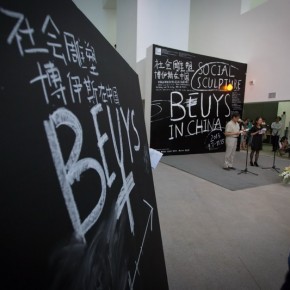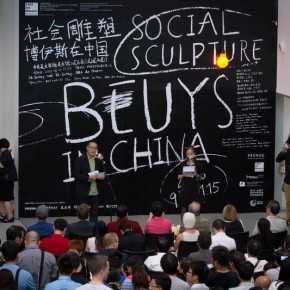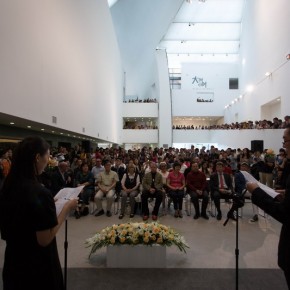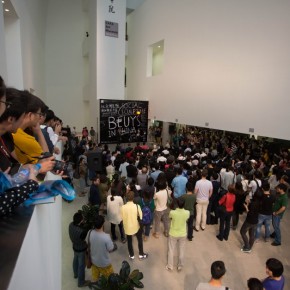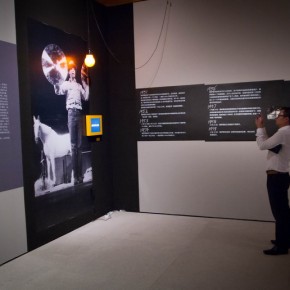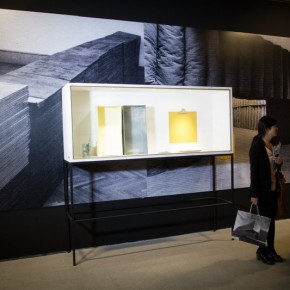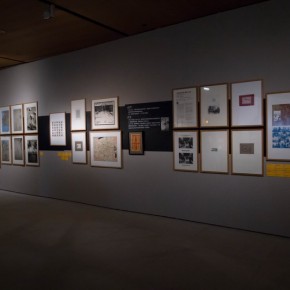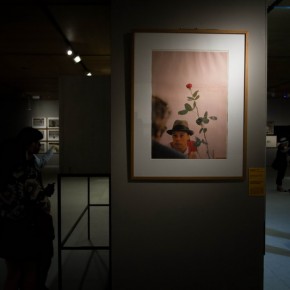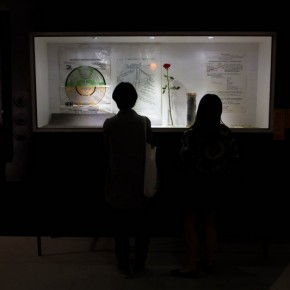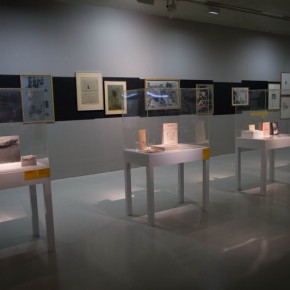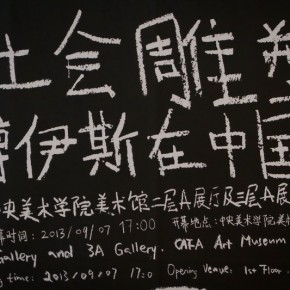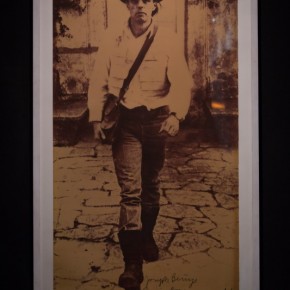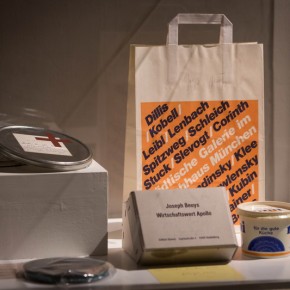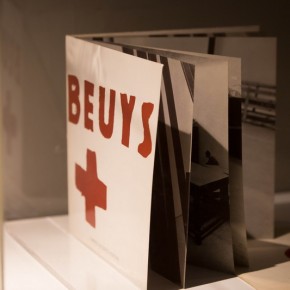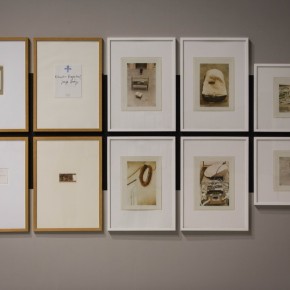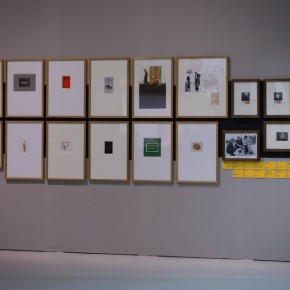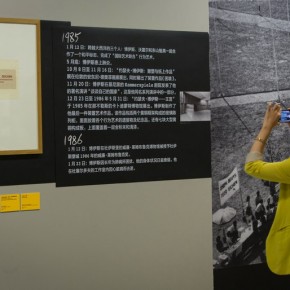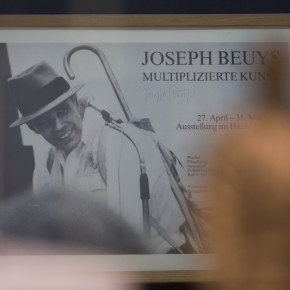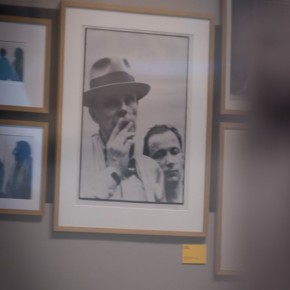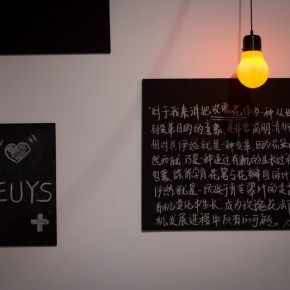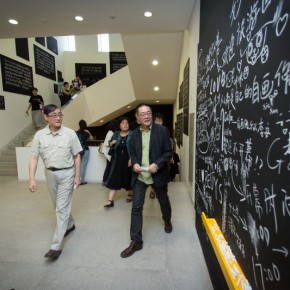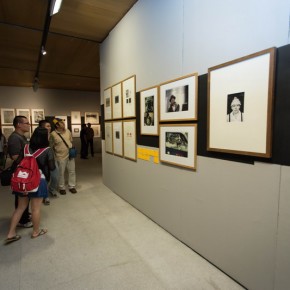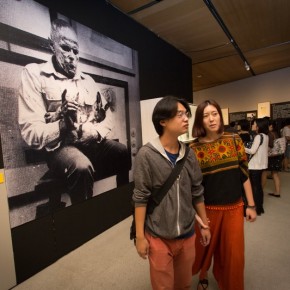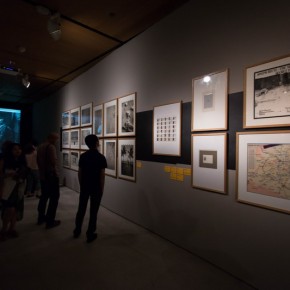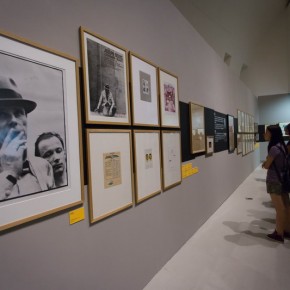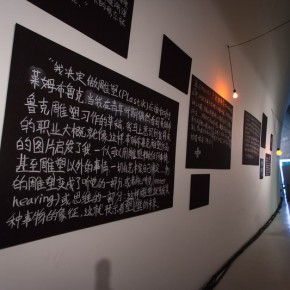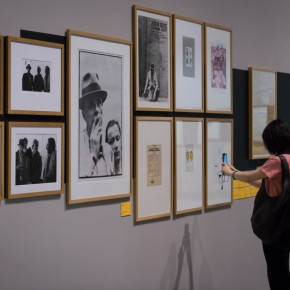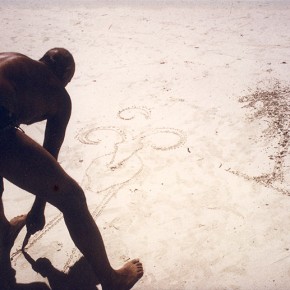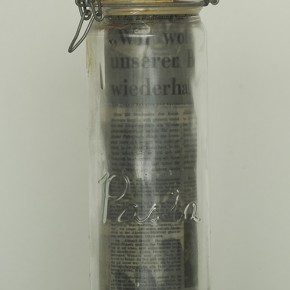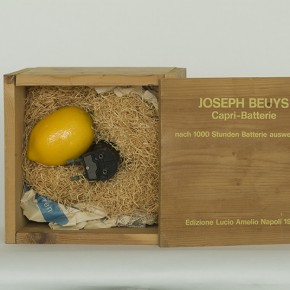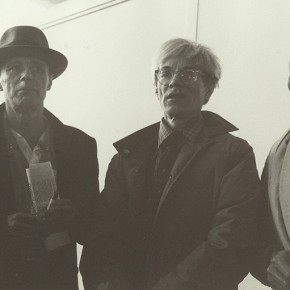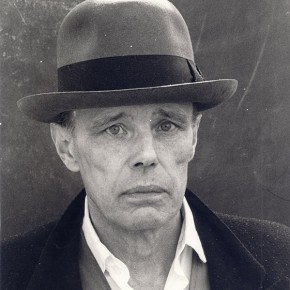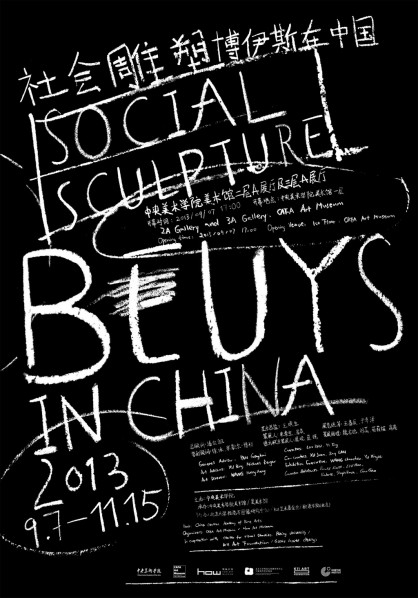
Beuys and China
Preface by Wang Huangsheng, Director of the CAFA Art Museum
An exhibition for an internationally significant contemporary artist such as Joseph Beuys, which will open to the public after painstaking independent research by Chinese scholars, curators, and art museums, has significant meaning for the academic community. To some extent, the exhibition reflects the academic interpretation of Beuys by Chinese researchers and cultural institutions. Beuys has influenced contemporary Chinese art since the cultural opening that began in the late 1970s, but especially during the ’85 New Wave movement. He has been widely discussed and quoted for his social spirit and unique artistic forms. Beuys is also regarded as a mysterious figure, something like a witch. With his irresistible appeal, he has created imagined but previously unknown space for contemporary art as a whole, and Chinese contemporary art in particular. The exhibition, entitled "Social Sculpture: Beuys in China," is based on the understanding of Beuys and his work in Chinese art and research. The show will reflect the Chinese academic and art world’s knowledge, research, and achievements by introducing this mysterious but influential master of contemporary Western culture to a Chinese audience in a detailed and accessible manner.
There were numerous difficulties, setbacks, and unexpected surprises during the curatorial process. However, Beuys' fiery eyes and strong stride in the photograph "We are the Revolution," together with his symbolic red crosses, supported and encouraged us to hold the first Beuys exhibition in China curated and researched by Chinese experts and scholars.
Here, I would like to express my gratitude to German collector Michael Berger, the curators LaoZhu and Yi Ying, and the co-curators and coordinators Jiny Lan, Xu Juan, and Yu Xingze. I would also like to thank the Peking University and Central Academy of Fine Arts research teams. This exhibition would not have been possible without Zheng Hao and the How Art Museum, the K11 Art Foundation, and the Goethe Institut Beijing. Of course, we cannot forget the CAFA Art Museum staff and volunteers who have worked so hard in preparing and researching the exhibition.
Beuys in China
At 15:30, the press conference was held at CAFA Art Museum, and presided over by Wang Chunchen, director of the Academic Department, Wang Huangsheng, Director of CAFA Art Museum, Lao Zhu from Peking University, served as one of the curators, Yin Zaijia, Director of the How Art Museum, German collector Michael Berger, Peter Anders, Dean of Goethe Institute (Peking), Juan Xu and Jiny Lan, curators from Germany, Chinese artists living in Germany, Fu Dandan, a member of the council of K11 Art Foundation were invited to present at the conference.
Wang Huangsheng initially briefed the audience on the whole story on the planning of the exhibition. In September, 2006, Wang Huangsheng and Fan Di-an visited Dusseldorf for the organization of the “Today German Art” exhibition, during the period, they visited the Museum Schloss Moyland, which collected a large number of the early works of Joseph Beuys; during the winter of 2010, German collector Michael Berger visited CAFA with Yu Xingze, teacher of the School of Architecture, CAFA, to begin the planning of Beuys’ exhibition; subsequently, Yu Xingze and Wang went to visit Berger’s collection in Wiesbaden, Germany, and decided to start the organization of the Beuys’ exhibition in China.
Wang Huangsheng introduced, the exhibition with seven video works and some installations of Beuys, as well as images and literature. The exhibition was launched by taking time with the thread, a combination of literature and works, trying to feature an exhibition for audiences to study and appreciate.
As one of the curators of “Social Sculpture: Beuys in China”, Lao Zhu briefed the curatorial idea of the exhibition. He said, Chinese art circles could be roughly divided into three parts including Chinese painting, the academic school, and contemporary art after the 1980s. Among these, it was obvious that Beuys had heavily influenced Chinese contemporary art. Regarding the idea of the exhibition, Lao Zhu said that it focused on the three parts: Firstly, the relationship between Beuys, China and the world; secondly, what role Beuys played in China; thirdly, the researches on Beuys, how to improve the development of Chinese art.
In addition, Yin Zaijia, Director of the How Art Museum, German collector Michael Berger, Peter Anders, Dean of Goethe Institute (Peking), Juan Xu and Jiny Lan, curators from Germany, Chinese artists living in Germany, Fu Dandan, member of the council of K11 Art Foundation, etc., respectively made a speech.
Art is life
At 17:00, “Social Sculpture: Beuys in China” was officially inaugurated. The opening was presided over by Wang Huangsheng, Pan Gongkai, President of CAFA, Hardy Boeckle, the Cultural Ambassador of the German Embassy in China, Lao Zhu, Professor of Peking University, Yi Ying, Professor of CAFA, Peter Anders, Dean of Goethe Institute (Peking), Yin Zaijia, Director of the How Art Museum, German collector Michael Berger respectively made a speech. In addition, Ms An Yuanyuan, Department of Art, Ministry of Culture, Prof. Zhang Gan, Deputy President of the Academy of Art & Design, Tsinghua University, Guo Xiaoyan, Vice Director of Mingsheng Art Museum, etc., were invited to present at the opening ceremony.
Pan Gongkai said: Beuys is one of the most important artists in Germany and even the world in the 20th century, after WW II. Living his truth, he used his life to practice the idea of “Art is life”, his art was filled with the consciousness of reflection, for people, for the way to think and behave, for the environment we live in as well the relationships between people and the environment, for the whole history of people, Beuys had his own unique thinking and probing as an artist. Beuys encouraged all people to explore their creativity, to have a new understanding of themselves, to attain the most freedom in their lives. Through the exhibition, Beuys would be more comprehensively understood by the public, in order to enlighten and promote the study of Beuys, as well as to think about the relationships between Beuys and Chinese contemporary art by these studies.
As the two curators of the exhibition, Yi Ying and Lao Zhu spoke together. Yi Ying: The historical significance of Beuys was that his art was located in a transitional period, where art was facing a great challenge during this era. It was exciting that the exhibition of Beuys was held in CAFA Art Museum, because it not only expanded our understanding of art, but also helped us to know the relationships between art and history, culture, and society. Lao Zhu said: The important significance of the exhibition was to hint to people about what contemporary art was, as well as some contemporary art issues such as the “presence” and “era” which were advocated by Beuys. In addition, Lao Zhu said, as an important figure in the history of Western art, in Western logic, his influence in China was not only due to himself, if we, as Chinese scholars and artists, couldn’t go beyond Beuys in the basics of the understanding of the artist, we could never prove the independence and time of contemporary Chinese art.
In addition, German collector Michael Berger used his bold and bright laugh instead of a speech, following that, Berger briefed: I am not a speaker, if I am told to speak, I will laugh, I am glad that the exhibition of Beuys is realized in China.”
The hall for the opening was filled with the audience, responding enthusiastically. As one of the most important Western artists of the second half in the 20th century, Beuys’s constant influence and artistic value is obvious in the world and even China. The exhibition continues until November 15, 2013.
About the exhibition
Host: CAFA Art Museum
Organizers: Center for Visual Art Studies. Peking University, “World Art” magazine in CAFA, Goethe Institute (Peking)
Duration: September 7 – November 15, 2013
Venue: Gallery 2A & 3A, CAFA Art Museum
Journalist: Yu Ya, Photograph: Hu Zhiheng/CAFA ART INFO
Translated by Chen Peihua and edited by Sue/CAFA ART INFO




